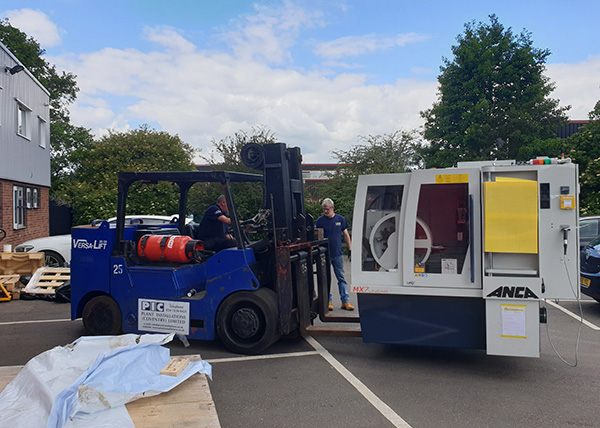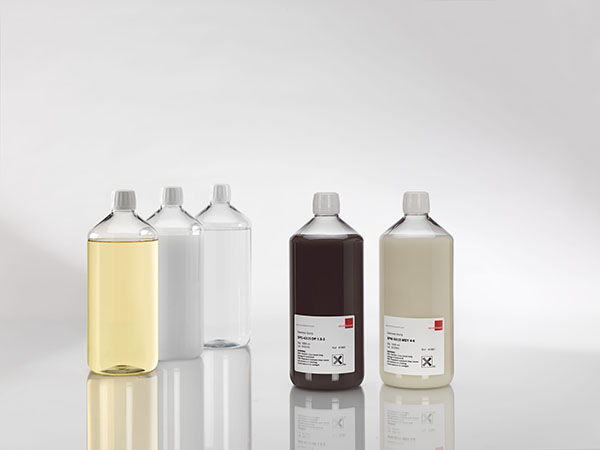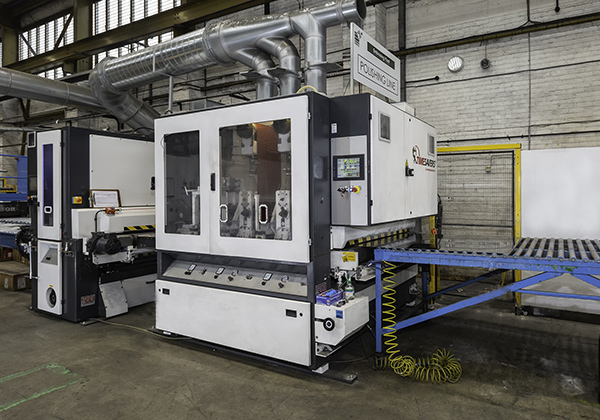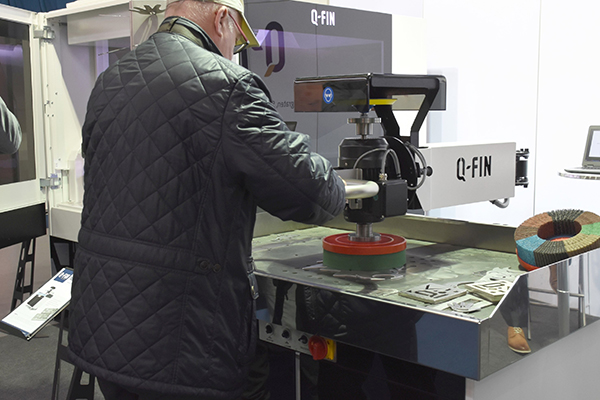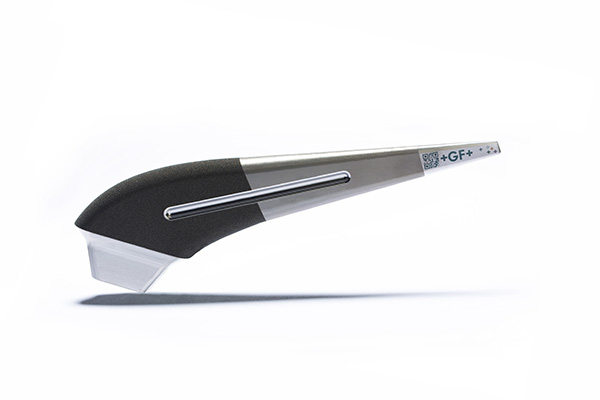Thanks to continued growth, Industrial Tooling Corporation (ITC) has taken delivery of an MX7 Linear grinding centre from Anca.

The MX7 Linear is the fourth Anca grinding centre acquired by ITC and the fifth such machine to arrive since the company extended its manufacturing facility by over 50% in 2016.
Able to process tools up to 300 mm long, with diameters up to 200 mm, the MX7 Linear uses Anca LinX linear motors and scales. LinX linear motors are said to offer higher axis speeds and acceleration, leading to reduced cycle times, while maintaining smoother axis motion. In addition, the machine has a permanent magnetic spindle that provides high torque at lower speeds, which is particularly important for carbide grinding.
Regarding precision, the Anca MX7 Linear incorporates a bi-symmetrical gantry design. Evenly straddling the tool centre line, the gantry delivers rigidity and resistance to thermal growth, while keeping vibration to a minimum. In addition, the MX7 Linear has been specified with automatic in-process measurement and compensation. The LaserPlus built-in laser probe measures tool geometries to within ±2 µm or less.
With respect to productivity, the latest arrival at ITC incorporates Anca’s FastLoad-MX automation system. The FastLoad-MX automation system uses the existing machine axes to ensure a compact design with a small footprint. Loader movements are kept simple, making it suitable for ITC to undertake the grinding of tools in small batch sizes.
This high-performance addition will enable ITC to increase its capacity and meet growing demand for its range of solid-carbide round tooling.
For further information www.itc-ltd.co.uk






